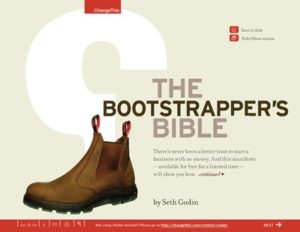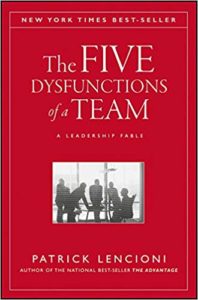The United States Post Office (USPS) has been in the news recently, and not necessarily for the right reasons. They’re asking for $89 billion dollars as part of the pandemic bailout packages coming out of Congress to remain solvent. President Trump’s opinion is that they need to fix their operations, starting by charging more to deliver packages (specifically singling out Amazon deliveries). There have been other opinions as well, but you know things have jumped the shark when John Oliver dedicates an entire segment to the topic.
It should surprise no one that I have an opinion on how to fix the post office, too. For whatever reason, it’s something I’ve thought about for quite some time. And while I can’t describe my solution as eloquently or deliver it in the same manner as John Oliver, I’m going to lay it out anyway. Here goes.
Continue reading



